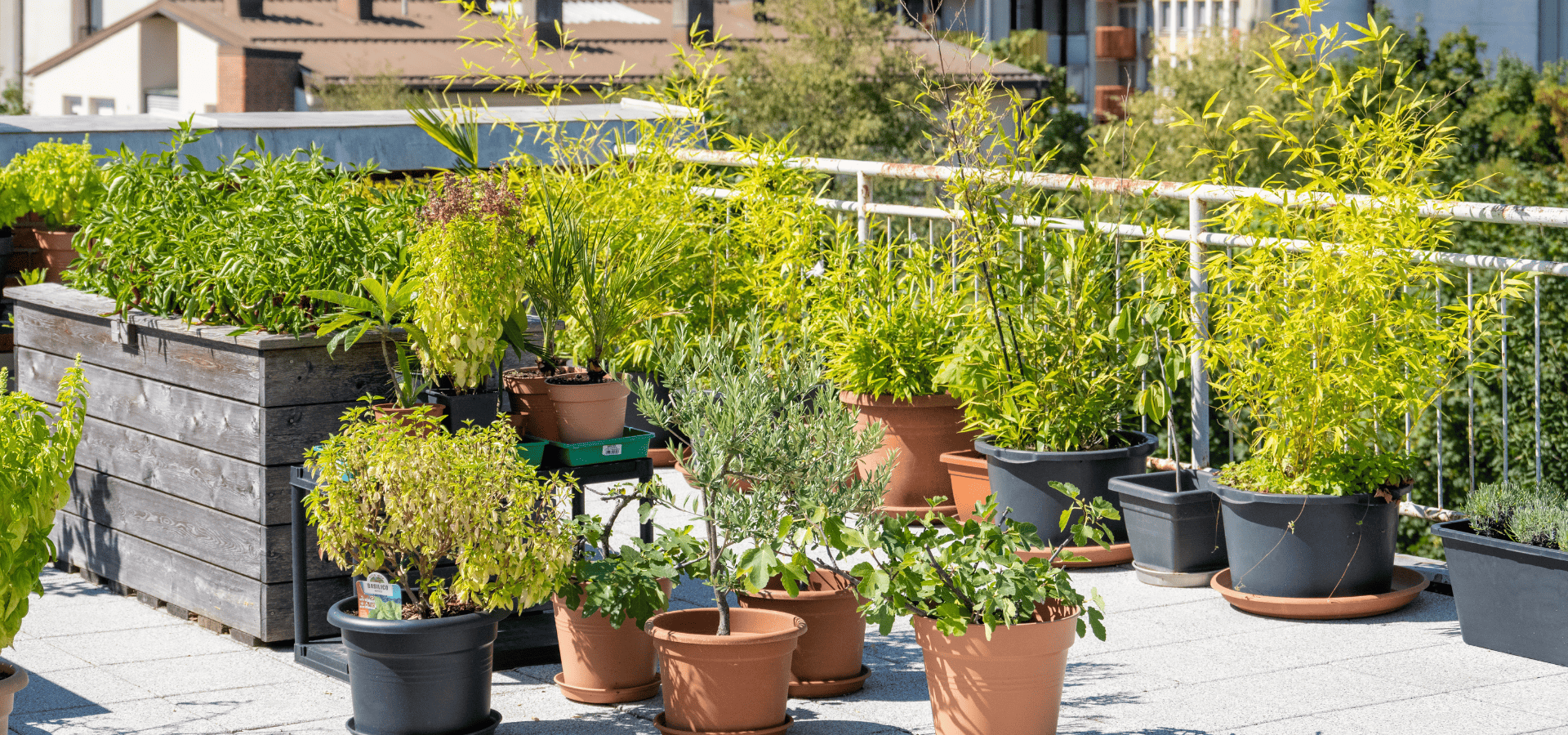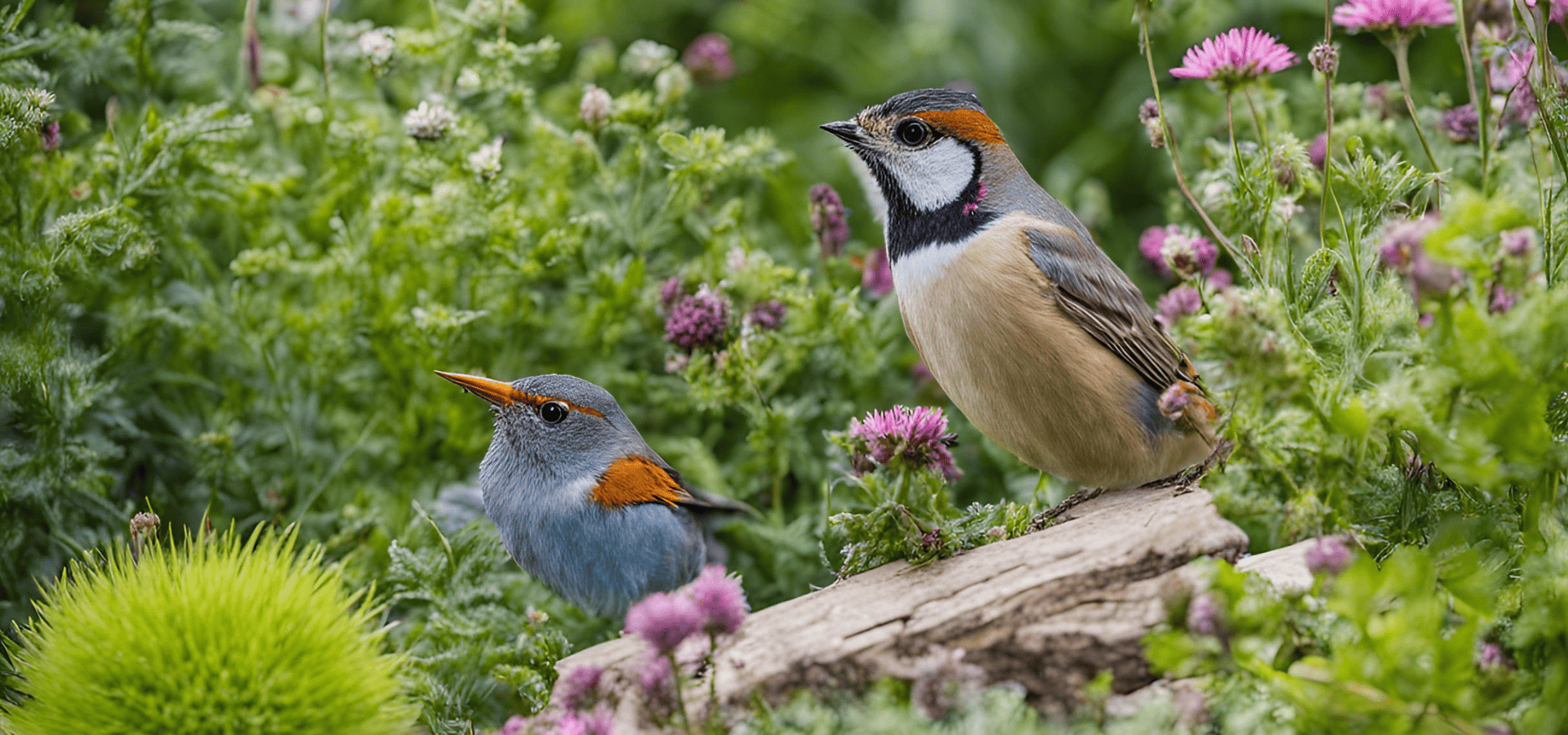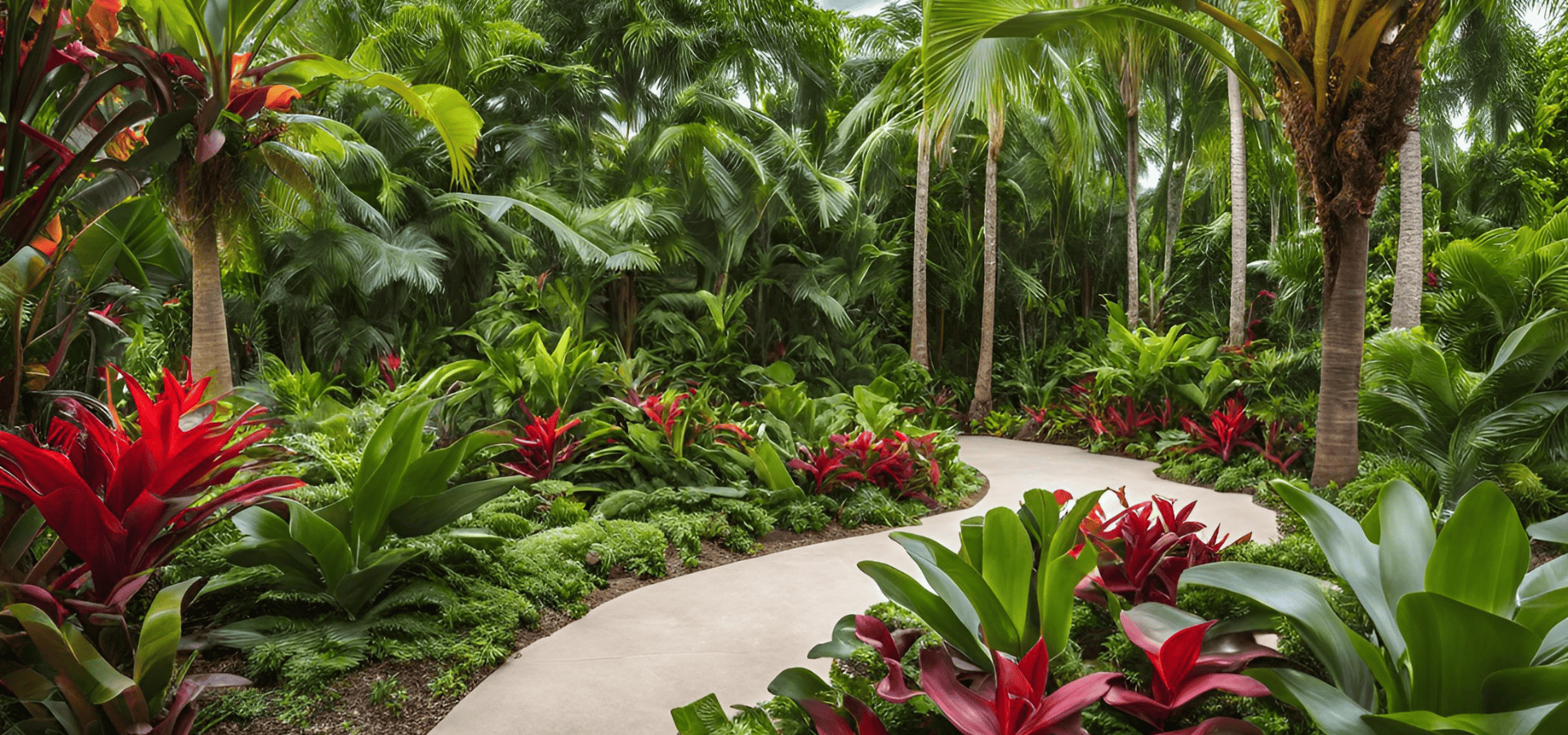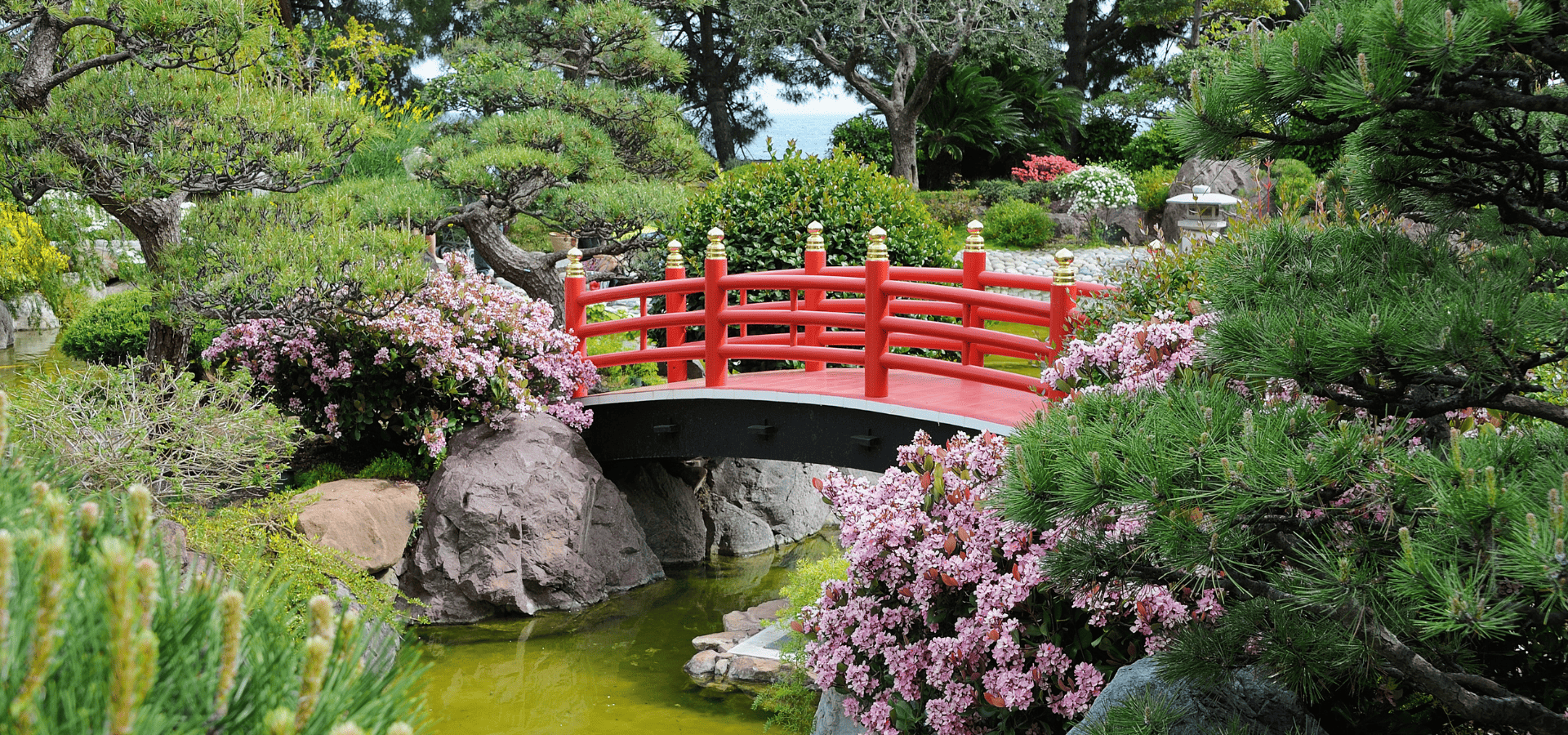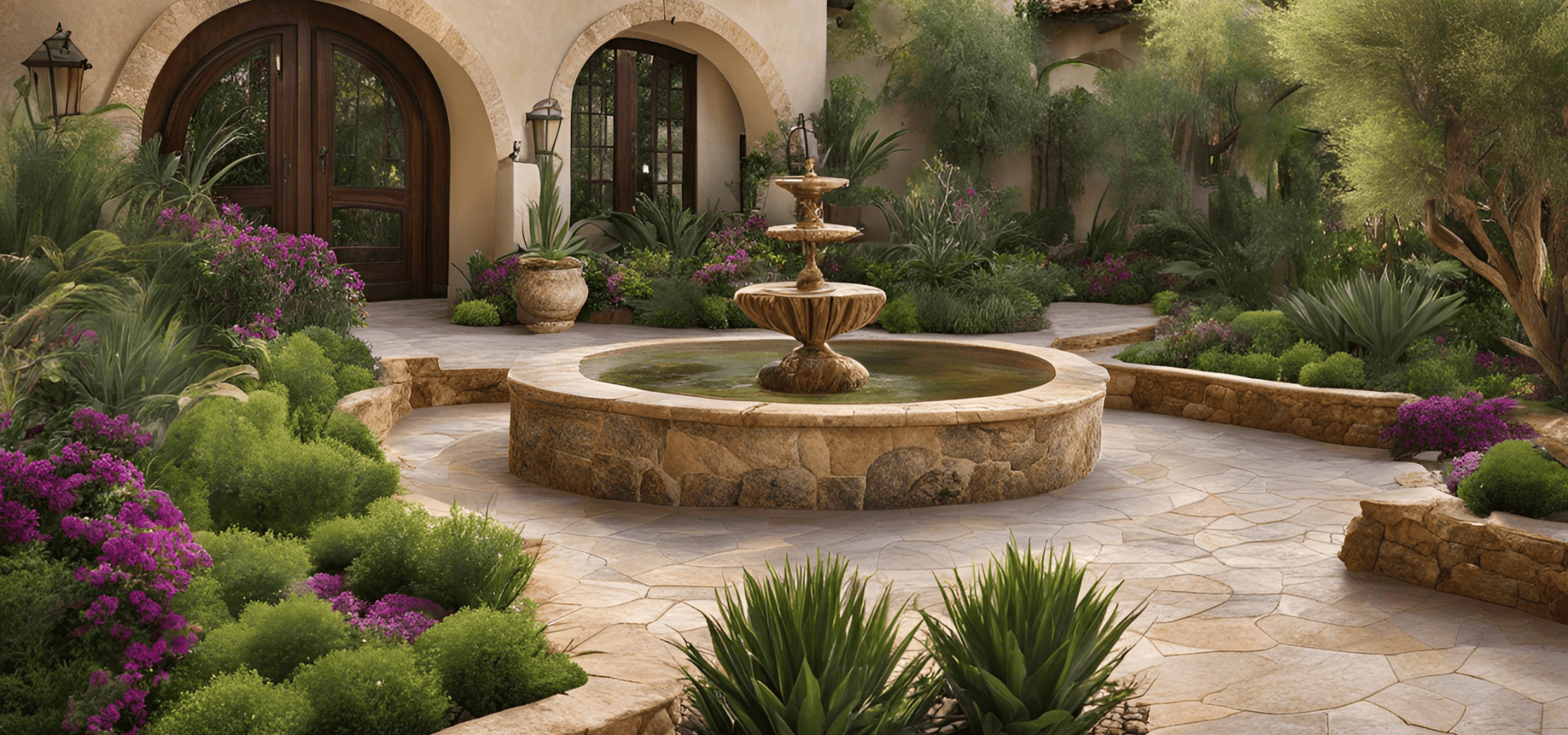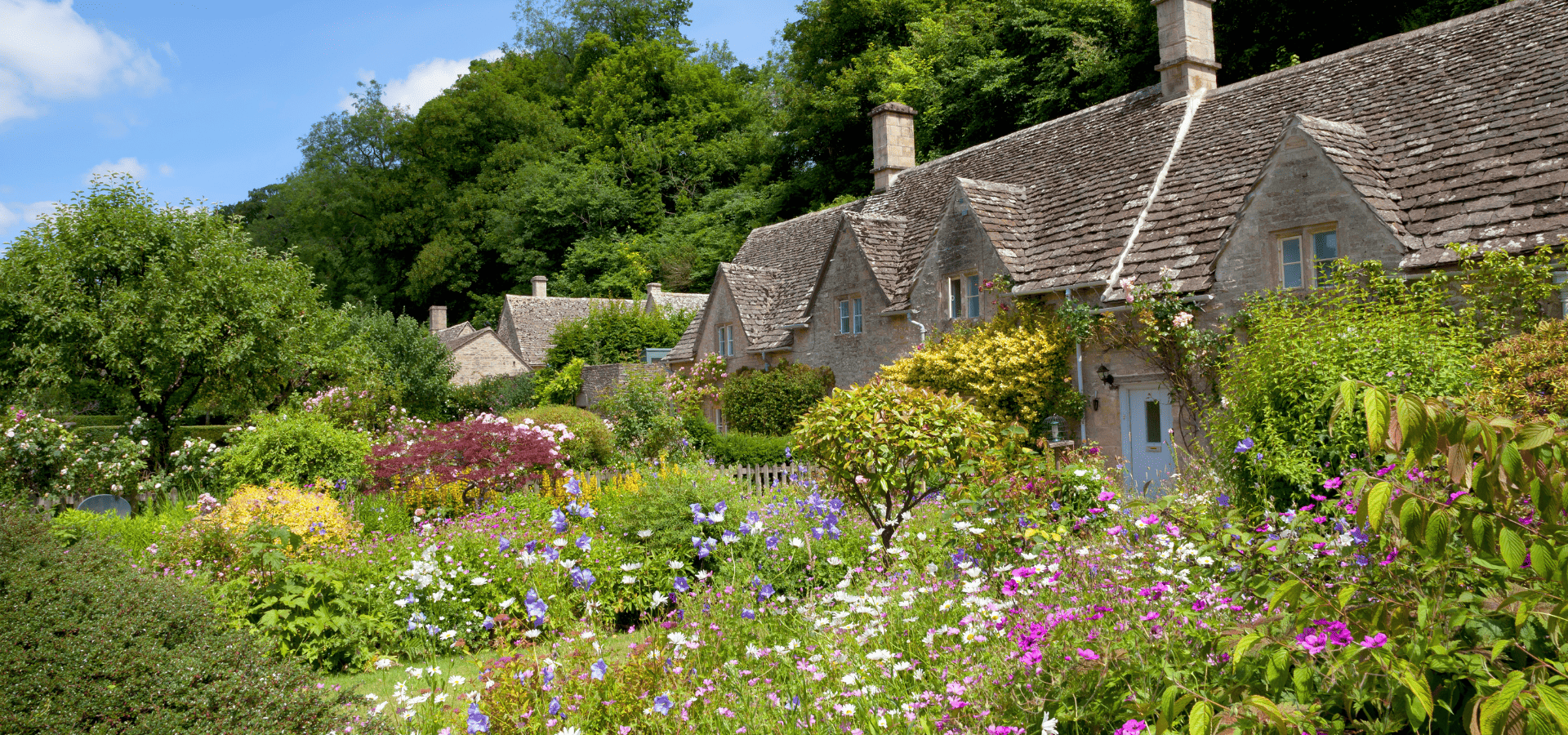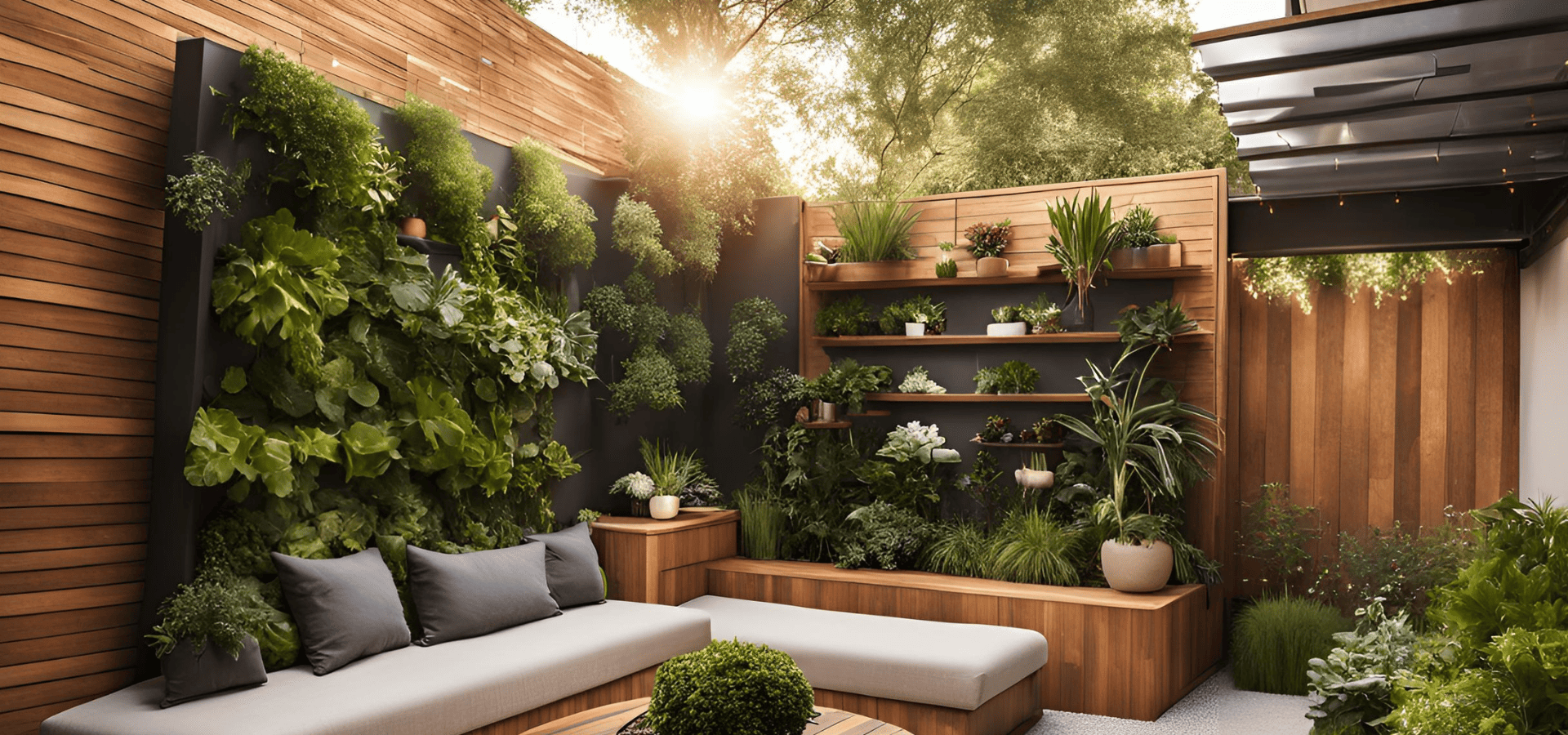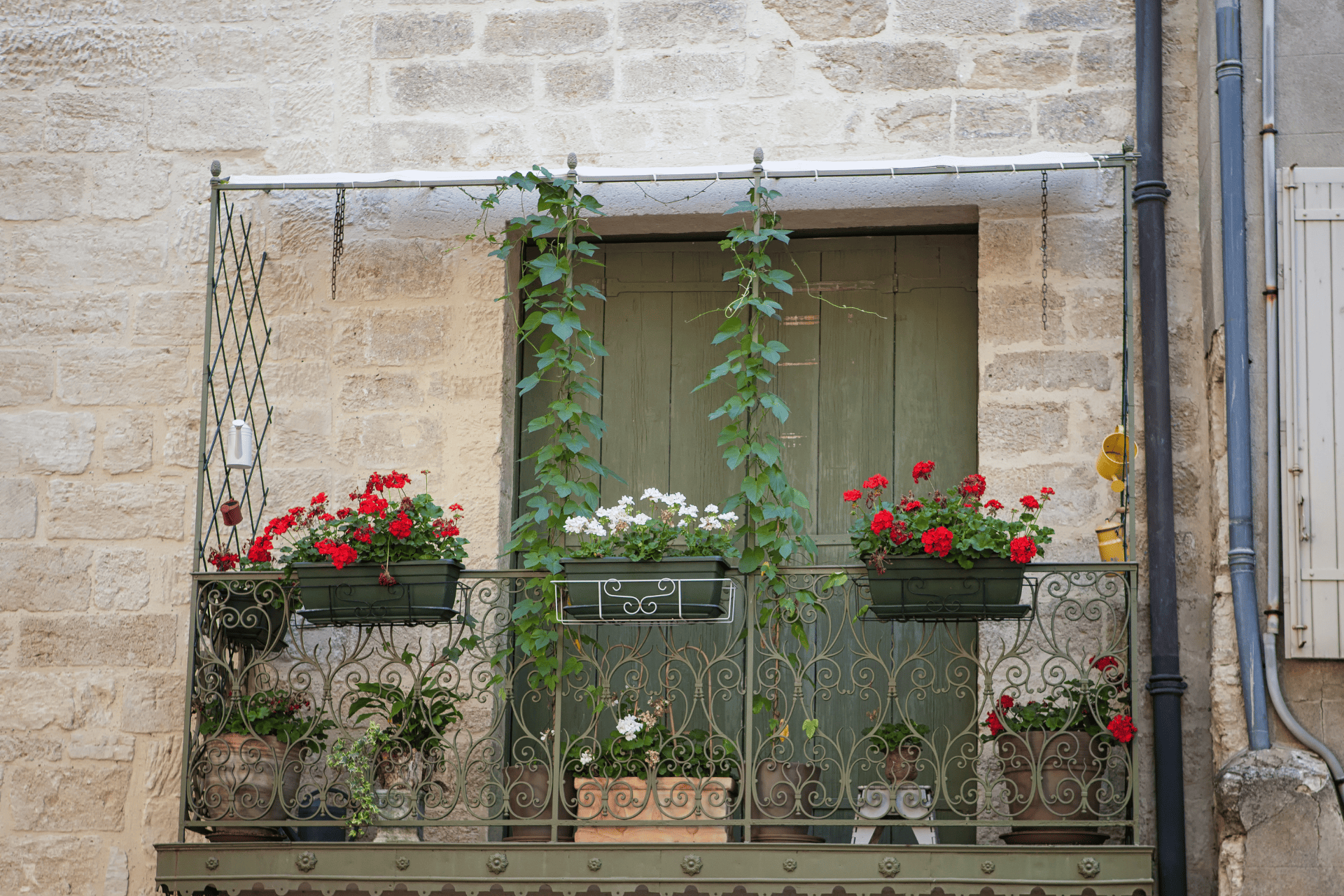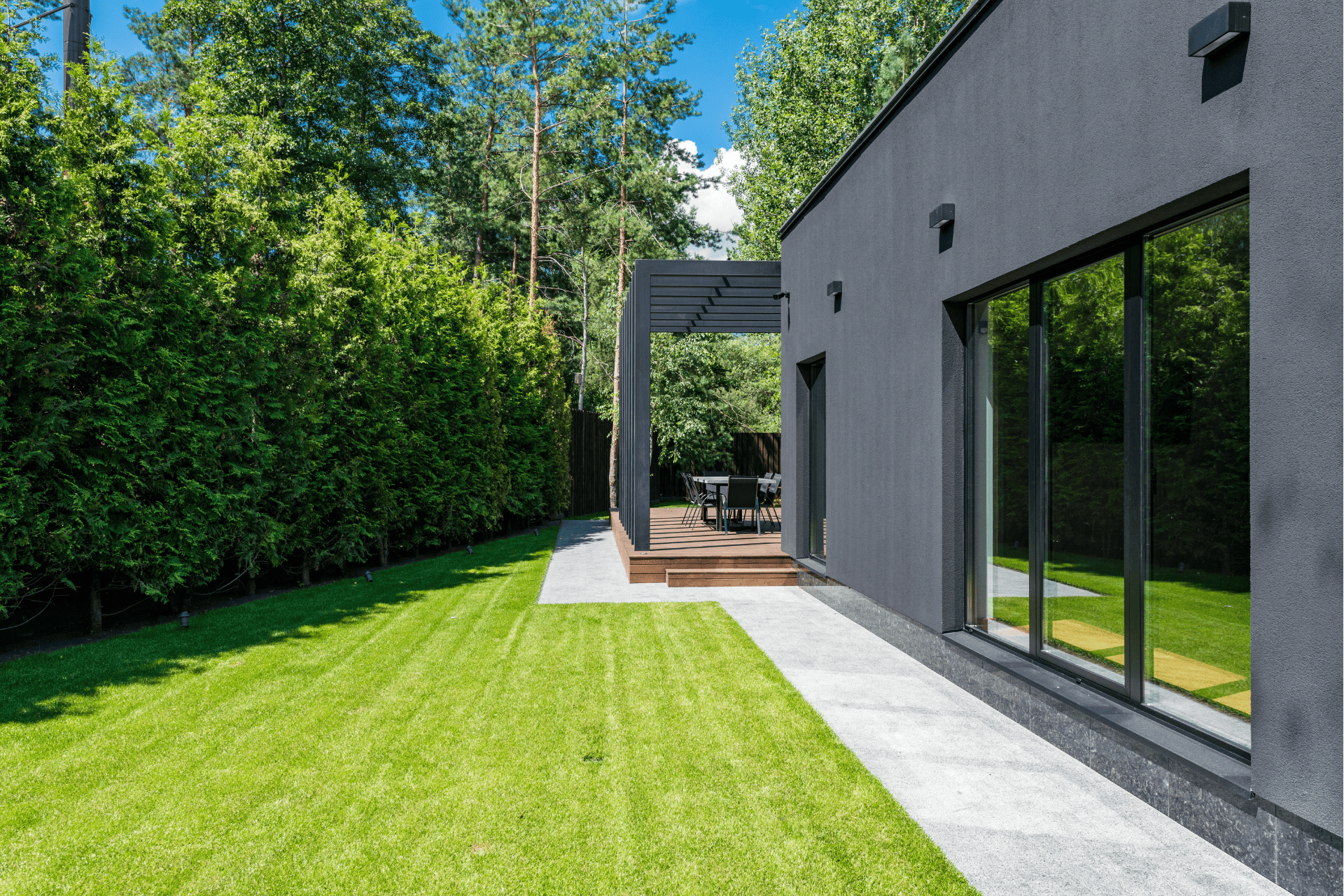Seasonal Landscape Maintenance
Aside from regular maintenance, to maintain your outdoor setting and keep it healthy and looking great, seasonal landscape maintenance has to be done.
This guide will detail the different areas that you need to pay attention to for each season, along with how exactly to maintain them for that season.
Before we begin, it’s important to note that there are quite a few tools and equipment required, and you may only need them once a year for the particular season’s maintenance. In such cases, instead of investing in equipment that you’re going to use very rarely, it may be worth outsourcing that task to professionals like us.
We pride ourselves on being one of the best landscapers Boise has to offer, and your landscape will be in good hands with us.
Of course, if you still prefer to DIY all the landscaping yourself, that's very doable too. Let’s begin!
Spring Landscape Maintenance
Spring is the first season after winter, which means it’s the first chance your plants are going to get to start taking in sunlight and grow healthily.
That’s why it’s important to use this season to properly set up your outdoor space and set the tone for the rest of the seasons.
Lawn
- Apply fertilizer: Given that this is the time your plants have gone past the dormancy in winter and are going to start growing, you want to aid their growth as best as you can.
- Repair dead patches: There should be some dead patches due to winter, so identify and rectify them either through a combination of overseeding and topsoil.
- Crabgrass rectification: If crabgrass is an issue, it’s vital that you deal with it now by applying pre-emergent herbicide when the forsythia bushes start to bloom.
- Dethatch and aerate: Give new life to problematic lawns by dethatching and aerating, which will improve your soil structure.
- Mowing: Naturally, mowing will have to be done. Mow your grass to the recommended height, taking care not to cut off more than a third at a time so as not to overly stress the lawn.
Trees, Shrubs, and Groundcover
- Pruning: This is the best time to perform pruning your trees and shrubs. Remove the dead, diseased, and damaged branches.
- Mulching: Winter tends to dry up your soil, so make sure to apply new mulch around your trees, shrubs, and groundcover. This will help retain soil moisture and suppress weeds.
- Fertilize: Earlier, you fertilized your lawn. Now, do the same for your trees, shrubs, and groundcover to replenish your soil’s nutrients.
- Watering: As mentioned earlier, winter tends to dry up your soil. Make sure to water all your plants thoroughly, especially if the winter has been particularly dry.
- Planting and transplanting: This is a good time to plant new trees, shrubs, or groundcovers to transplant the existing ones.
Garden
- Clean-up: The first step is to clear the debris, dead annuals, and weeds.
- Soil management: As mentioned above, winter can alter your soil in less-than-ideal ways. Get your soil tested and then use compost or other organic matter to supplement the areas needed, whether it’s moisture, structure, acidity, or fertility.
- Pruning: Prune perennial plants and remove aged or spent flowers.
- Mulching: Once again, mulching is a good practice for anywhere that has soil and plants growing, especially just after winter.
- Plant whatever new plants you prefer: If you’ve been wanting to add new plants to your garden, this is the perfect time to do it. Whether it’s vegetables or herbs, there’s no better time than spring.
Hardscapes
Hardscapes are more straightforward. You’re basically looking for any areas that need to be repaired or maintained.
Start by cleaning off dirt, debris, and stains, as well as removing weeds and moss. At the same time, just double check that the drainage system around your hardscapes are working properly to prevent water accumulating and causing water damage.
From here on, inspect the following to see if maintenance is needed:
- Concrete, brickwork, stone: The cold weather can cause cracks or chips, and just damage in general. Small cracks and chips can be fixed on your own using filler or sealants, but larger damages may require professionals.
- Wooden surfaces and structures: Check for rotting or damage by insects. You will need to engage professionals if there is rotting or damage, as they can best judge whether to repair or replace the wood.
- Pavers: If you’ve got pavers, check the sand between the joints. If it’s eroded, resanding helps stabilize the pavers and prevent any weed growth and insect infestations.
- Furniture and decor: Outdoor furniture and decor, having been exposed to harsh winter conditions, may be damaged. You will want to identify the damaged ones and then judge the extent of the damage, then make a decision on whether to repair or replace them.
Summer Landscape Maintenance
After laying the foundation for a healthy outdoor area, it’s now time to nurture that growth. As the weather gets warmer and your plants get even more sunlight to grow, summer is all about looking out for potential dangers to your plants and making sure your plants grow out healthily.
Lawn
There isn’t much maintenance that needs to be done besides the regular maintenance that you should already be doing, which should include watering (obviously), mowing, fertilization, weed control, and disease and pest management.
Just take extra care to water your plants deeply and not to forget to water your plants, as the summer heat dries up the soil more easily.
Also, if you didn’t already do so during spring, early summer is great for aeration and dethatching.
Trees, Shrubs, and Groundcover
Once again, there isn’t much to do aside from the regular maintenance. Here are some points to note:
- Your plants need water and nutrients the most during this period since they’re growing to their full potential, so make sure to take extra care to remove weeds that will take away some of those precious resources.
- Mulching is recommended to conserve moisture in the soil, suppress weeds, and control soil temperature. Make sure to do so, especially if you didn’t perform mulching in the spring.
- Pests and diseases are more abundant too, so make sure to be on the lookout for them. The earlier they’re detected, the less damage they will inflict.
- Certain plants may not be able to handle the extreme heat, so if summer gets very hot in your region, consider erecting some form of cover or shade for those plants.
Garden
The points mentioned previously all apply here. Here are a couple more points to note:
- Remember to mulch.
- Harvest your fruits and vegetables regularly. This is the period when they’re growing the best, so by harvesting as soon as they’re ripe, you encourage the plants to produce more.
- Remove aged or spent flowers.
Hardscapes
The areas to inspect, clean, and maintain are the same as for spring, so I won’t be repeating them.
The only difference is that for summer, you might be hosting more gatherings and parties, so just remember to replace burnt-out bulbs and check on your fixtures regularly.
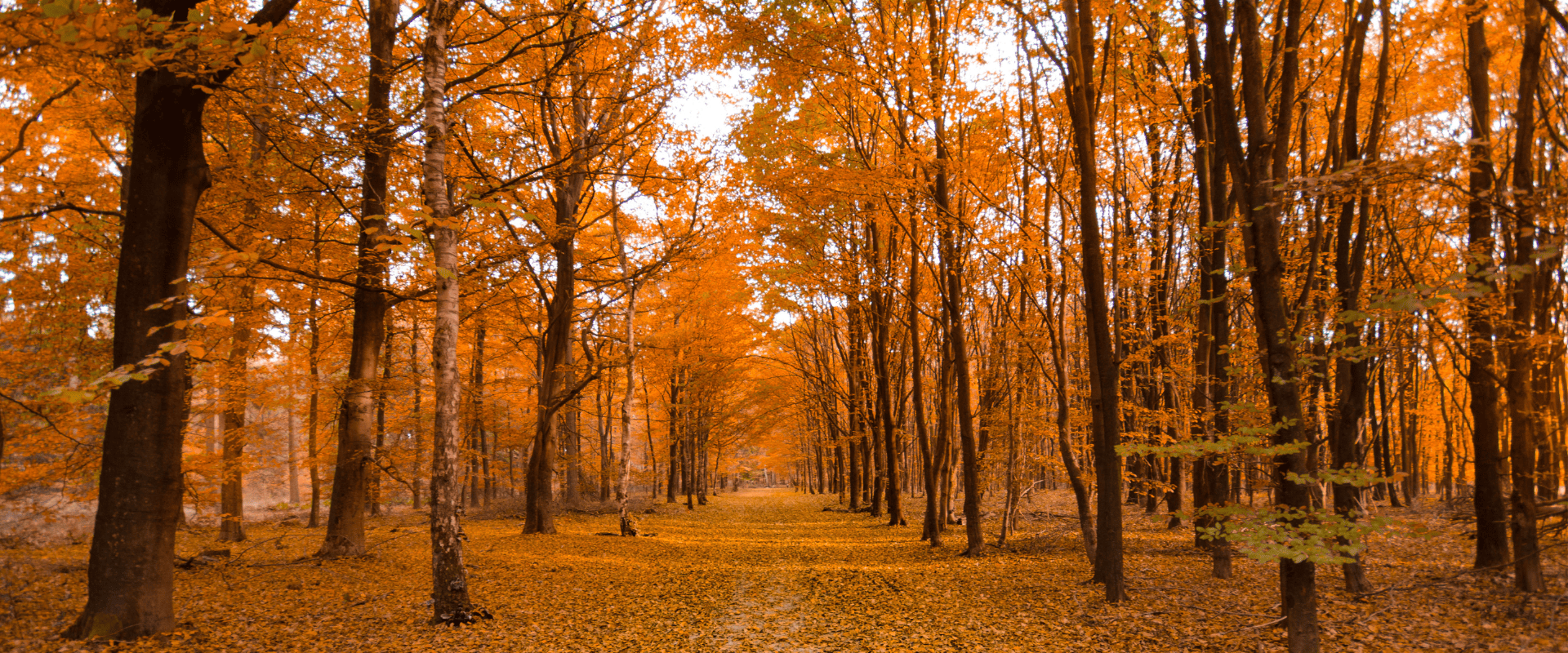
Fall Landscape Maintenance
As winter approaches, it’s time to start making the preparations for it. Fall maintenance aims to protect your landscape from the oncoming winter, as well as set the stage for a huge comeback after winter.
Lawn
- Aeration: Aeration alleviates soil compaction. This allows for deeper root growth, allowing plants to absorb more nutrients. The holes created by aeration also allow the soil to absorb water, oxygen, and nutrients. These all contribute to your plants getting more nutrients, which is crucial for the dormancy in the coming winter.
- Overseeding: The next step is overseeding. Overseeding is important as it increases the density of your grass, making them more resilient to the harsh elements of winter. It also reduces weed growth.
- Fertilizer: It’s important to provide your plants with more nutrients so that they’re healthier and more resilient.
- Weed control: Apply pre-emergent herbicides for winter weeds, and of course, post-emergent herbicides for the existing ones.
Trees, Shrubs, and Groundcover
- Water your plants deep: It’s vital to give your trees, shrubs, and groundcover a deep watering before the winter comes to ensure they have sufficient reserves to get through the winter, especially the newer plants.
- Mulching: By now, you know the drill. Mulching retains soil moisture, which is of paramount importance for the upcoming winter.
- Fertilizer: As we mentioned earlier, you’ll want to give your plants as much nutrients as possible.
- Protect young or sensitive plants: On top of making your plants as resilient as possible, you should also do your best to shield them from the harsh elements. For shrubs and groundcovers that are more sensitive, you’ll want to protect them using burlap screens. Trees aren’t that sensitive, but younger trees will need some protection. Wrap their trunks with tree guards.
Garden
- Clean-up: You’ll want to start off by harvesting mature vegetables to prevent pests and diseases from festering over the winter.
- Mulching: I’m sure you’re fully aware of the importance of mulching by now, so I shan’t go into it any further.
- Plant bulbs: This is the best time to plant bulbs that will bloom in the spring, such as daffodils and tulips.
- Divide and transplant: This is also a good time to divide and transplant perennial plants that aren’t growing well or have become overcrowded.
Hardscapes
Same as with fall, the steps for cleaning and inspections remain the same, with a couple of extra steps:
- For your outdoor furniture, besides checking for damages, you should store them in a shed or garage for protection from the weather. The same goes for any objects that aren’t fixed in place and may be vulnerable to the weather, such as your outdoor grills and decorative items.
- You’ll also want to clean your gutters and drains and ensure nothing is obstructing their paths. Otherwise, if water can’t go through, it will accumulate and eventually overflow onto your ground and other hardscapes, and if the water freezes, it could damage them.
And finally, don’t forget to get de-icing products for your hardscapes.
Winter Landscape Maintenance
Winter maintenance isn’t one-off like the previous seasons, but more of ongoing care to ensure everything is still alive and kicking and in good shape at the end of the season.
Lawn
- Minimize traffic: During this period, your grass is more prone to damage, particularly when it’s frozen, so try to avoid walking on it.
- Clear snow carefully: Avoid piling snow onto your lawn, as that could smother your grass and lead to mold or disease.
- Service your equipment: It’s also recommended to get your lawn equipment serviced, so they’re ready to go when spring comes around.
Trees, Shrubs, and Groundcover
- Pruning: Nearing the end of winter is an ideal time for removing damaged, diseased, or dead branches. You’ll have to do another round when spring comes, but the earlier these are removed, the healthier your plants will be.
- Anti-desiccant spray: Anti-desiccant spray helps protect evergreens that are prone to winter burn by reducing moisture loss.
- Regular inspection: Inspect your trees and shrubs regularly so that you can detect damages early and deal with them.
Garden
- Mulching: Once the ground is frozen, apply an additional layer of mulch on top of the one already applied in spring.
- Watering: For those staying in areas with dryer winters, I’d recommend watering your perennial plants during warmer days to prevent desiccation.
- Oil your tools: Before you store your garden tools, oil them if necessary to prevent rust.
Hardscapes
Same as for the previous seasons, follow the steps we outlined in the spring hardscape maintenance section. The only additional step here is to protect less hardy landscapes and plants using burlap or geotextile fabrics.
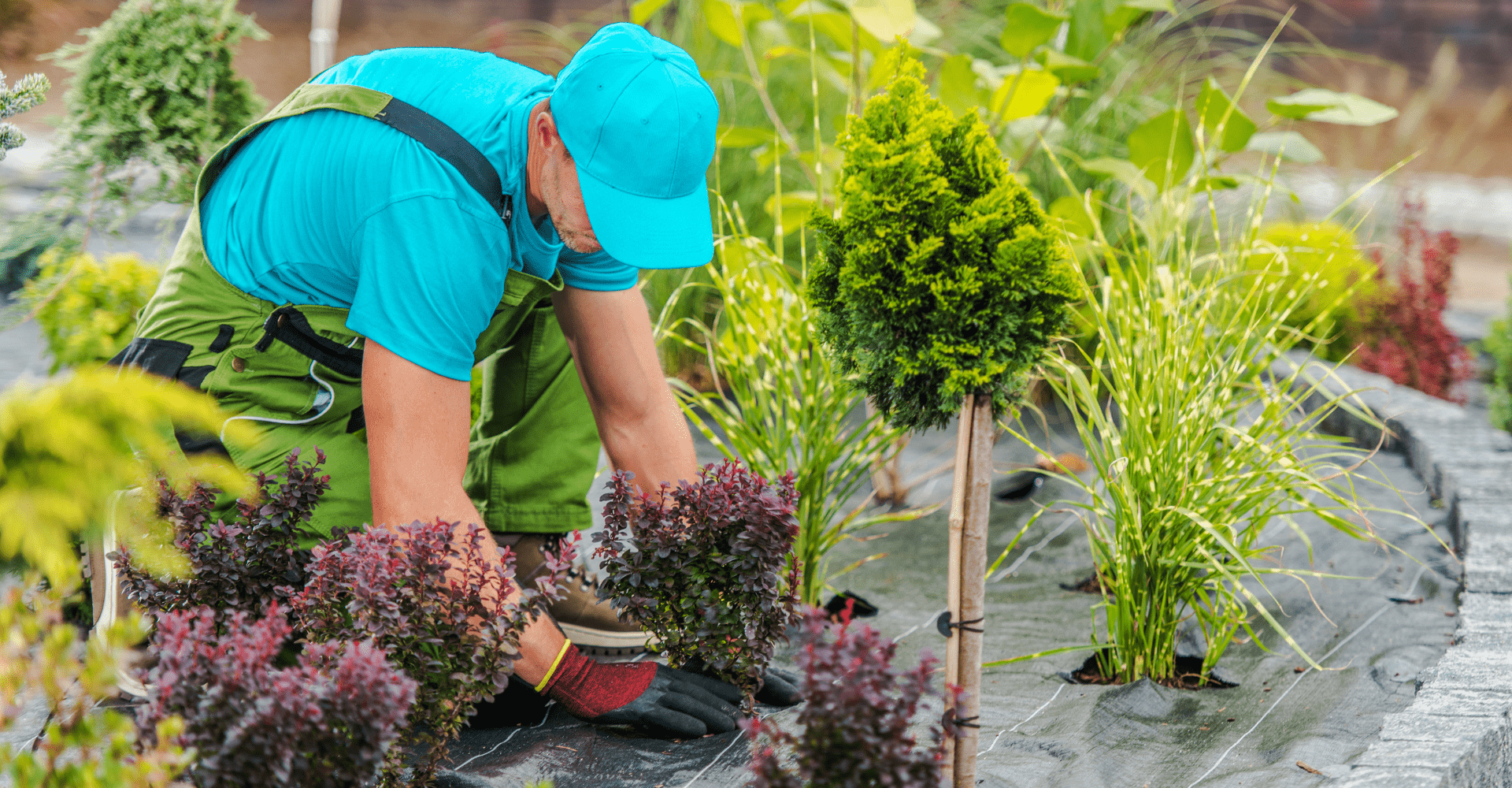
Basic Year-Round Care
Throughout the year, remember to continue to perform regular mowing, fertilization, weed control, pests and disease management, inspections, as well as aeration, overseeding, and mulching if needed. Choosing the right plants can also reduce the amount of maintenance needed.
Of course, you can also engage our professional top-notch landscape maintenance services.
Call us today at 208-584-5202
to maintain your outdoor space’s health and beauty! We want you to feel completely at ease with us, and the last thing we want is to pressure you into making a commitment you don’t feel comfortable with, which is why we’ll provide you with an absolutely free, no-obligation quote.
Or if you prefer, you can drop us a message through our contact form or email us at info@boiselandscapingcompany.com
for any inquiries!

